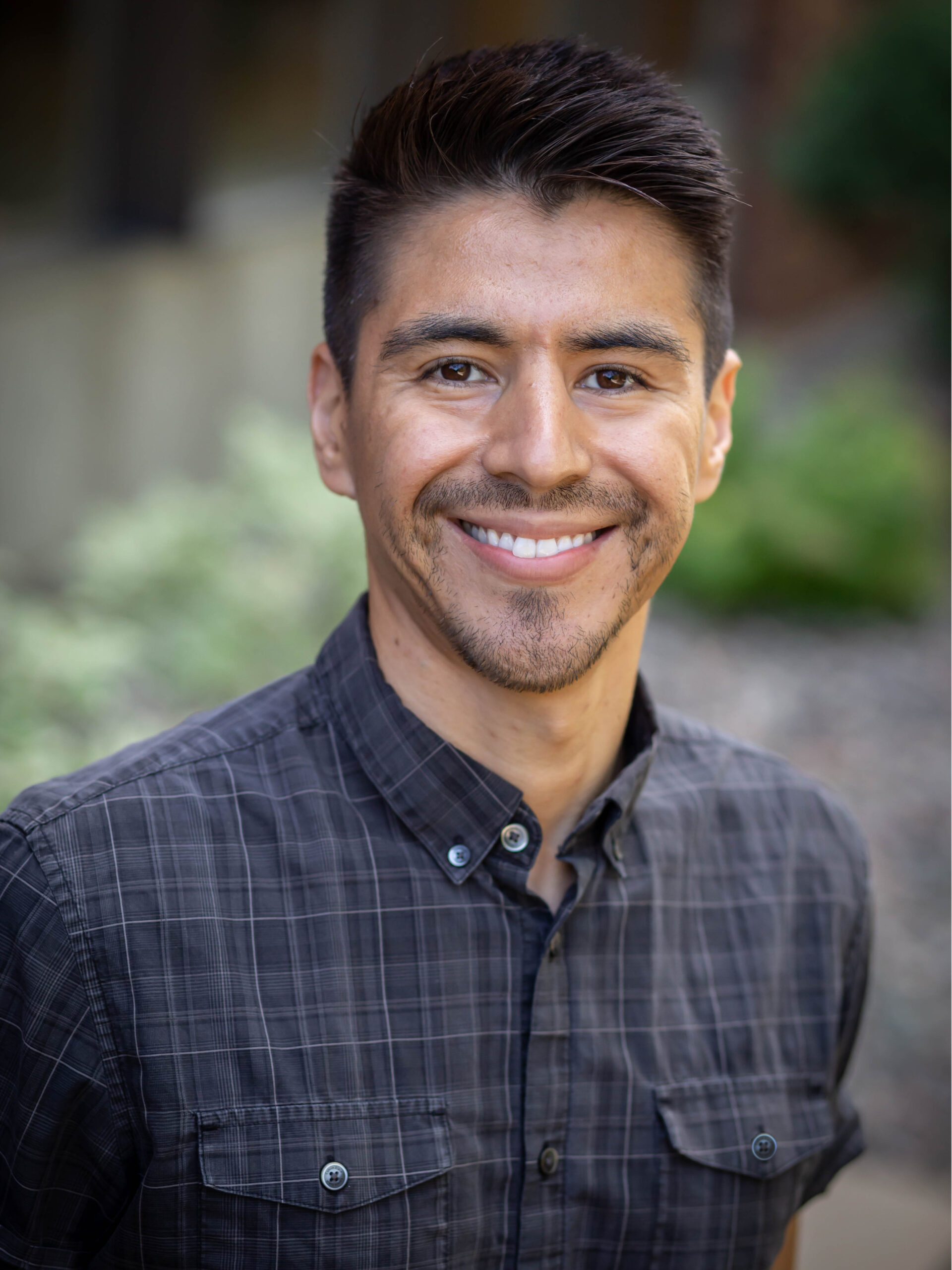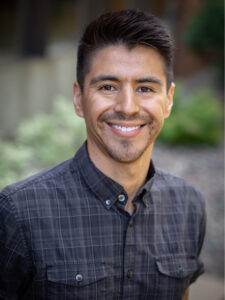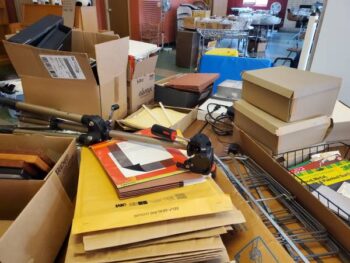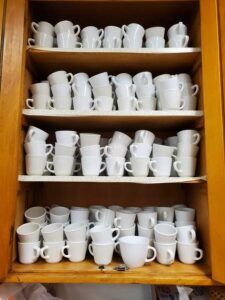All the saints
October 30th, 2021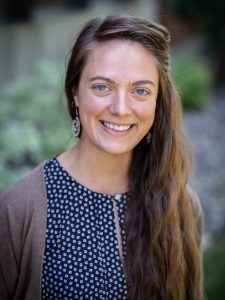 By Emilie Bouvier
By Emilie Bouvier
Ole Nore (NOHR-ee), a Norwegian Lutheran farmer and nearly charter member of my home congregation in Lincoln, Nebraska, was not one known for sharing emotions. If you didn’t know him, you’d probably assume he was constantly disapproving. And when, say, a huge stick got stuck in the axel of the church lawnmower, well, then you certainly knew.
So, imagine the church staff’s surprise when Ole Nore, in his quest to learn computer technology, faxed an effusing thank-you letter to the church office filled with long strings of first-generation heart and smiley-face emojis and overflowing thanks that printed out to be about a 7-foot long stream on continuous paper.
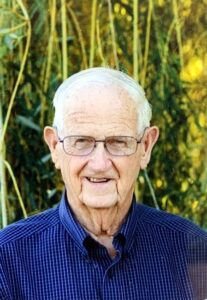
Ole Nore
“A constant and faithful presence in the congregation, Ole contributed to many different church ministries and even volunteered mowing the church’s grounds.”
But if a multi-page emoticon-filled thank-you from a stodgy old Norwegian Lutheran isn’t funny enough, then came my 6-year-old brother’s reaction. When asking about this mysterious and magnificent paper stream hung up on the church office door, the reply didn’t make sense to him: “Oh, Ole Nore sent that.” So, he asked “What’s a Holy Nore?” Needless to say, Ole Nore became known as “Holy Nore” from then on.
A constant and faithful presence in the congregation, he contributed to many different church ministries and even volunteered mowing the church’s grounds – all ordinary things, but holy nonetheless.
I’ve been thinking a lot these weeks about the saints that have come before us in the faith. Ole died on October 22 at the age of 97 and the community celebrated his life this weekend. My now-home congregation in Minneapolis this month also lost a pillar member of the church community, Ramona Starks.
WHEN I FIRST CAME to Calvary Lutheran, I learned immediately that Ramona was fun, feisty, and one of the movers and shakers of the congregation. I was in awe of her stories. Her Lutheran pastor in 1956 had refused to officiate her wedding, since she was white and her husband was black, cautioning that she would be “lucky” to find someone to perform an interracial marriage. Even amid such painful experiences of injustice, her resilience, her love for her family, and her fierce commitment to work for racial justice in the church and wider community was remarkable.
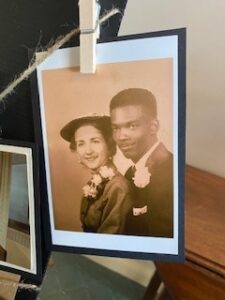
Ramona Starks and her husband
Celebrating her life and honoring her memory at her funeral services was truly an experience of treading on holy ground. I had many times wished I took more time to go visit her, to sit and listen to her deep well of stories. I knew I had to go to her funeral because I longed to hear more of her life, to learn all I could from her legacy and way of being, and to honor her memory.
How often do we get too busy to truly recognize and spend the time with the saints in our midst?
“Celebrating Ramona’s life and honoring her memory at her funeral services was truly an experience of treading on holy ground.”
I remember a sunny July day after church, having helped clean up and on my way out as one of the last folks to leave, I saw two of the elders of the congregation, Bettye and Verna, alone by the front steps. When I checked in with them, I learned that they were struggling with a communication error with MetroMobility, and just realized their ride wasn’t coming.
They insisted they would take the bus instead, but they let me at least wait with them at the bus stop. It was such a small thing, but I was so grateful that half hour that we just sat and talked. Bettye showed me her leather handbag that a friend had crafted for her, of which she was clearly very proud.
We relished the afternoon sunshine. They smiled and waved as they left on the bus. I was aware even in the moment that it was such an unexpected time of connection that had been spirit-filled.
IN THE PAST year, both Verna and Bettye have passed on, … as elders and everyday saints of the congregation, and I’m grateful for the ways they had been part of the community and those snippets of time and conversations that we shared. I notice their empty “spots” in the sanctuary when I walk back from communion. I know many communities are feeling similar absences, certainly multiplied and pained by the added layers and losses of the pandemic.
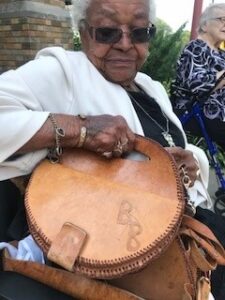
Bettye and her leather handbag
On the heels of All Saints Day, I hope we can find ways to both grieve and celebrate the ordinary “holy” ones in our midst. I hope we continue to create space to honor their stories and remember the shoulders we stand on.
“In the past year, both Verna and Bettye have passed on, … as elders and everyday saints of the congregation.”
In that spirit, I’ll leave you with my favorite story of Ramona that I heard in these past weeks. She was a neighborhood “mother” to so many, and I learned the only caveat to her quite radical hospitality was requiring everyone who walked through her door to vote if they were eligible.
If folks didn’t know how, she’d sit down with them to figure it out. But, of course, like everything she did, she was insistent. So, if nothing else, let these saints remind you to get out there and vote today if you haven’t already!


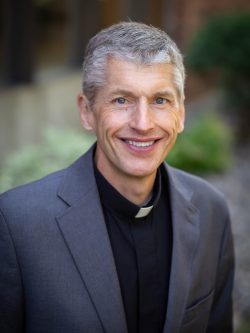
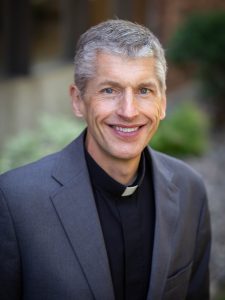 By Pastor Craig Pederson
By Pastor Craig Pederson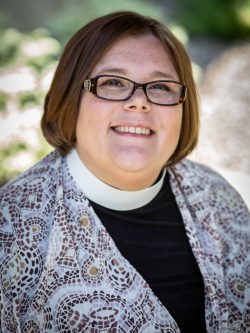
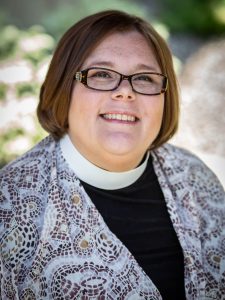 By Pastor Norma Malfatti
By Pastor Norma Malfatti 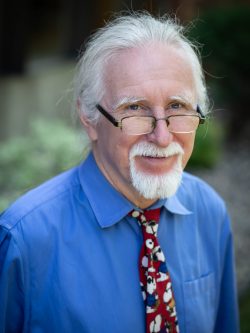
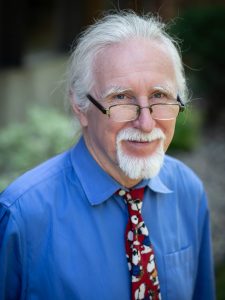 By Bob Hulteen
By Bob Hulteen 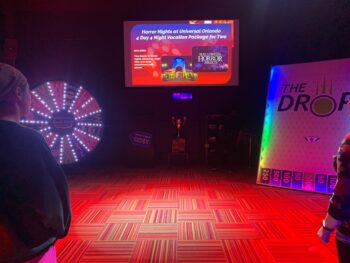
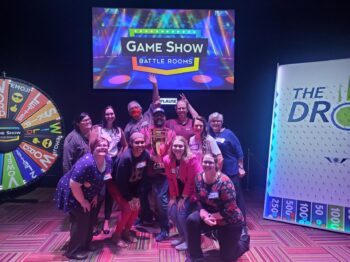
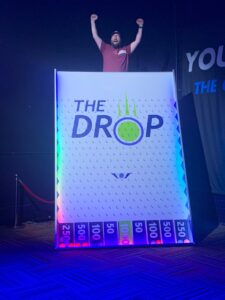
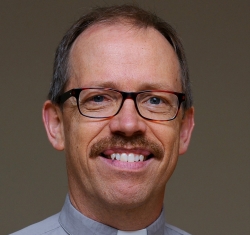
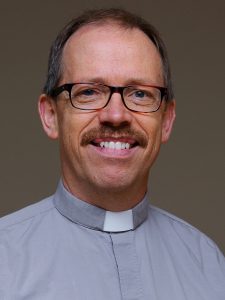 By John Hulden
By John Hulden 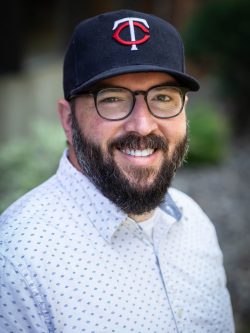
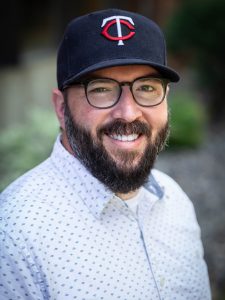 By Nick Tangen
By Nick Tangen 